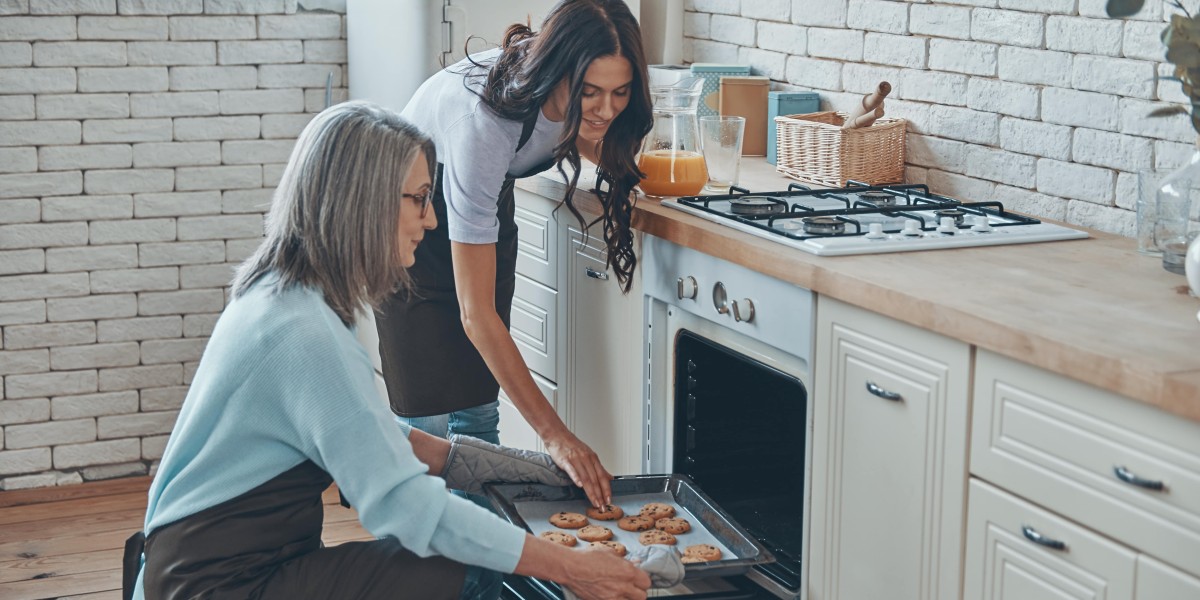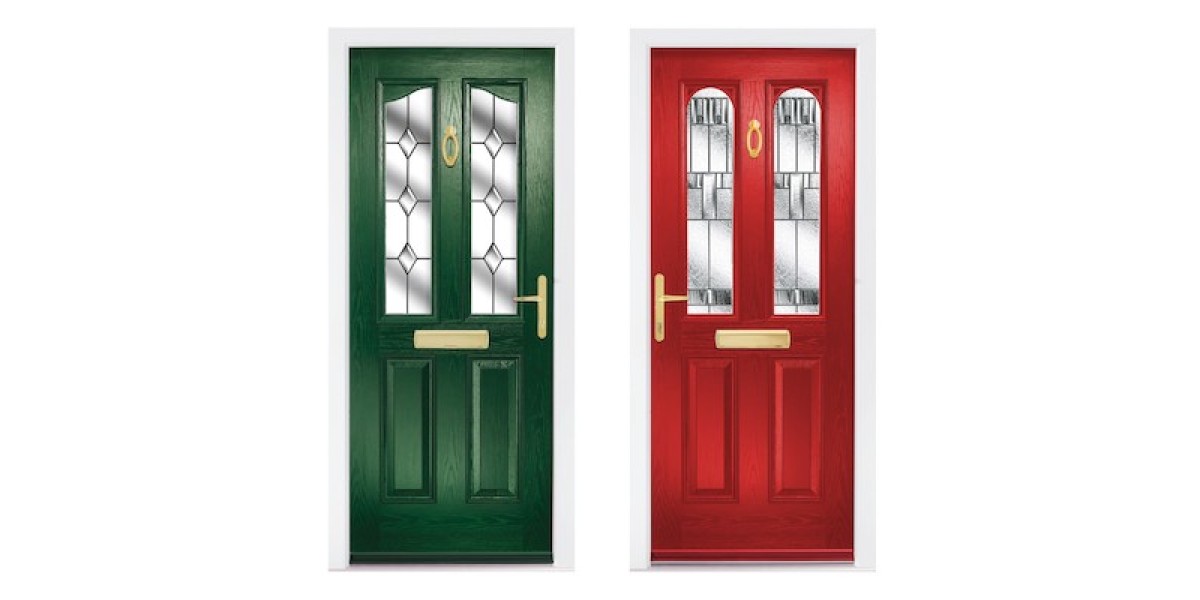Understanding Built-in Ovens and Hobs: The Perfect Kitchen Combination
As modern-day cooking areas develop, NEFF N50 built in range oven-in Oven with Circotherm Technology (just click the following internet page) appliances are becoming significantly popular for both functionality and aesthetic appeals. Amongst these appliances, built-in ovens and hobs stand out as important elements for any culinary enthusiast or home cook. This short article checks out the benefits, functions, and factors to consider surrounding built-in ovens and hobs. It likewise resolves common questions, providing a detailed guide to these kitchen essentials.
What are Built-in Ovens and Hobs?
built in electric oven-in ovens are integrated into kitchen cabinetry, developing a streamlined, seamless look. They come in numerous types, consisting of conventional, convection, and steam ovens, each catering to various cooking approaches. Hobs, on the other hand, are the cooking surface areas that integrate with the kitchen counter top. They can be gas, electric, or induction, permitting cooks to select based on their cooking design and energy preference.
Advantages of Built-in Ovens and Hobs
- Space-Saving: Built-in models take full advantage of inbuilt kitchen appliances area by eliminating the need for freestanding units, producing an open and airy environment.
- Aesthetic Appeal: Their streamlined design adds to a modern, streamlined appearance in the kitchen.
- Improved Functionality: Built-in ovens frequently include innovative cooking technology, offering a series of features like self-cleaning and clever controls.
- Customization: Manufacturers offer a range of surfaces and designs, enabling property owners to tailor their appliances to match their kitchen decoration.
Types of Built-in Ovens
1. Standard Ovens
Conventional ovens use glowing heat from the bottom and can be ideal for baking.
2. Convection Ovens
Stove have a fan that flows hot air, ensuring even cooking. They minimize cooking time and are perfect for roasting meats or veggies.
3. Steam Ovens
Steam ovens utilize moist heat to prepare food, maintaining nutrients and flavors. They are becoming progressively popular among health-conscious cooks.
4. Microwave Ovens
These ovens provide quick heating and cooking and serve different functions, from reheating leftovers to baking.
Types of Hobs
1. Gas Hobs
Gas hobs utilize gas or lp for cooking. They supply immediate heat control, making them a favorite amongst professional chefs.
2. Electric Hobs
Electric hobs have solid or ceramic surfaces that warm up through electric coils. They are simple to tidy however might take longer to heat than gas designs.
3. Induction Hobs
Induction hobs utilize electromagnetic energy to directly heat pots and pans, using fast heating and energy efficiency. They cool down quickly and supply a more secure cooking experience.
Aspects to Consider When Choosing Built-in Ovens and Hobs
When choosing built-in ovens and hobs, a number of elements need to be thought about:
1. Space Limitations
Procedure the offered space in Upgrade Your Kitchen: WILLOW WOF60DSS Single Oven kitchen to guarantee that the appliances will fit perfectly into the kitchen cabinetry.
2. Cooking Style
Consider your cooking practices. If you frequently bake, a convection oven may be perfect. On the other hand, induction hobs are great for safety and efficiency.
3. Budget
Rates differs significantly based upon functions and brand names. Setting a budget plan helps narrow down the options.
4. Energy Source
Figure out whether you want gas or electric appliances. This choice can impact cooking efficiency and utility costs.
5. Visual appeals
Select surfaces and styles that match your kitchen's design. Stainless-steel is a popular option for a contemporary appeal.
Comparison of Built-in Ovens and Hobs
| Feature | Built-in Oven | Built-in Hob |
|---|---|---|
| Type | Convection, steam, and so on. | Gas, electric, induction |
| Cooking Versatility | High | Moderate to high |
| Cleaning up Ease | Differs by model | Usually easy to tidy |
| Setup Style | Integrated in cabinetry | Flush with counter top |
| Energy Efficiency | Differs by design | Induction generally most efficient |
FAQs About Built-in Ovens and Hobs
1. Are built-in ovens more costly than freestanding models?
Yes, built-in ovens generally include a greater price due to their style and setup requirements. Nevertheless, they often use advanced features.
2. Can I change my existing freestanding oven with a built-in model?
Yes, it's possible to replace a freestanding oven with a built-in model, however you might require to make adjustments to your kitchen cabinetry and kitchen design.
3. What upkeep do built-in ovens and hobs require?
Regular cleaning is essential. Many built-build in oven ovens come with self-cleaning features. It's likewise important to keep the hobs totally free of spills and grease.
4. Are induction hobs safe for households?
Induction hobs are thought about safer than gas or electric alternatives since they just heat the cookware, decreasing the risk of burns or mishaps.

5. How can I take full advantage of the effectiveness of my built-in oven and hob?
To maximize performance, always preheat the oven when required, utilize the correct size pots or pans on the hob, and consider using the residual heat from your hob after cooking.
Built-in ovens and hobs supply various benefits, making them popular choices for contemporary cooking areas. Their space-saving designs, advanced features, and aesthetic appeal contribute to their high need. By thinking about aspects like space, cooking design, and budget, house owners can select the ideal mix of appliances that best fit their cooking requirements. Whether through gas, electric, or induction hobs, and a range of oven types, the best built-in kitchen appliances can boost the cooking experience while elevating the general aesthetic of the kitchen.








